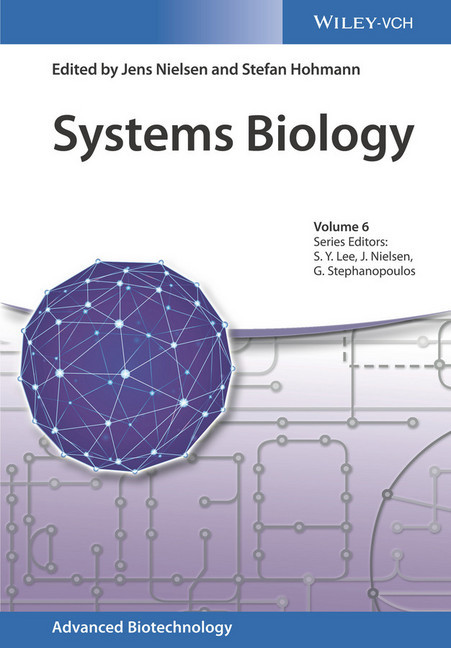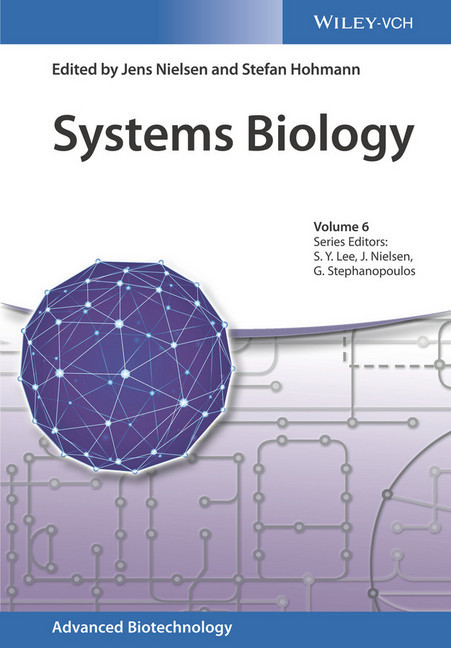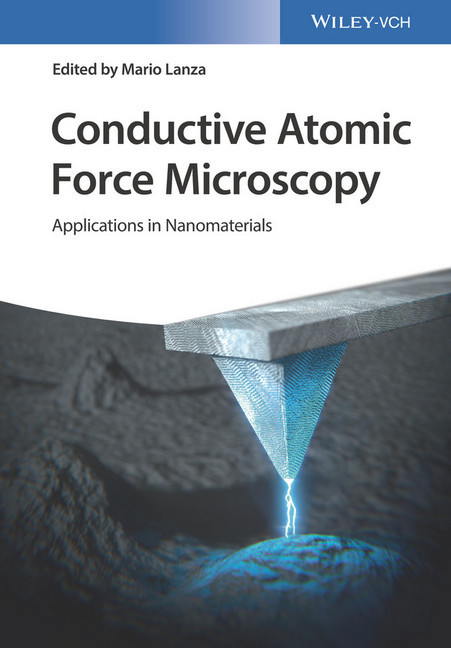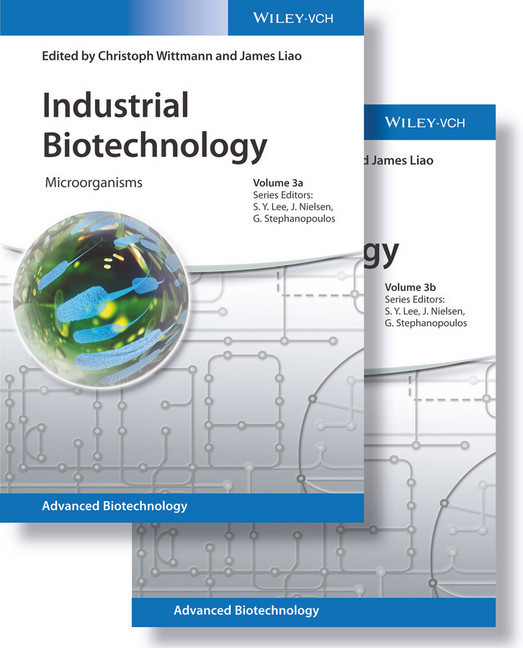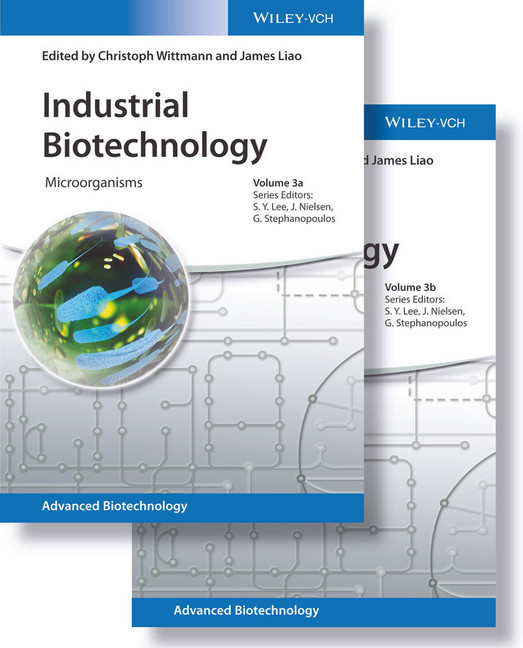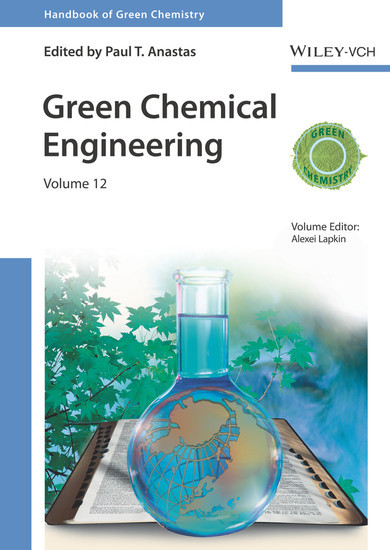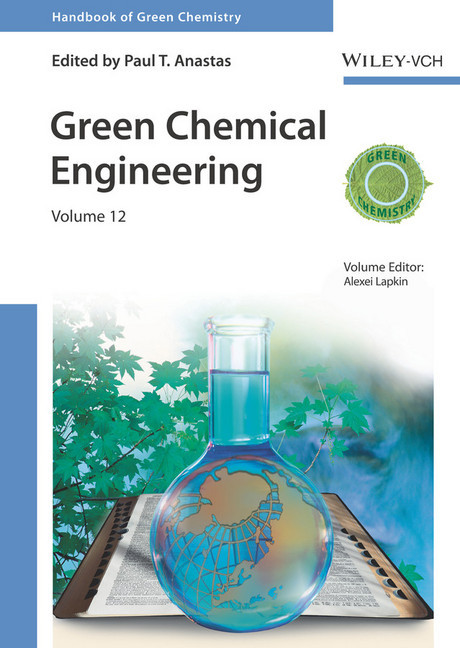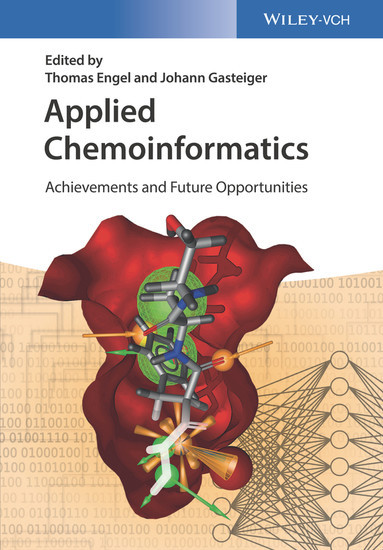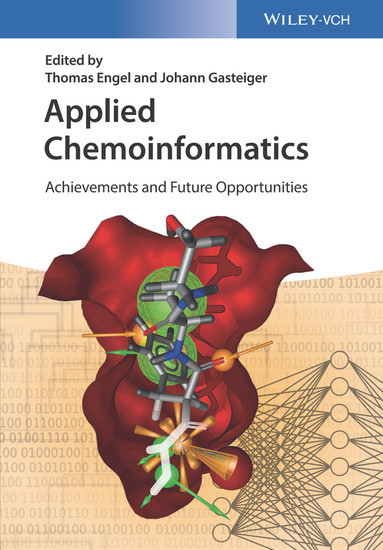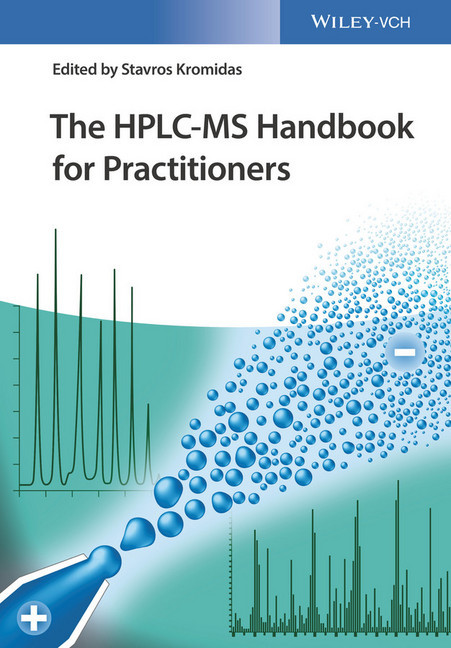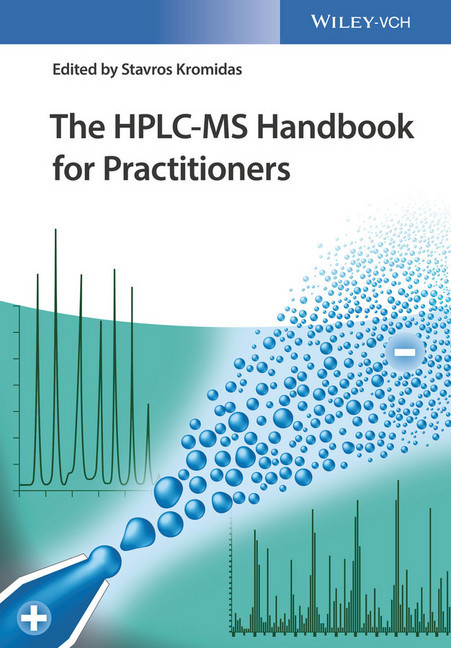Systems Biology
Comprehensive coverage of the many different aspects of systems biology, resulting in an excellent overview of the experimental and computational approaches currently in use to study biological systems.
Each chapter represents a valuable introduction to one specific branch of systems biology, while also including the current state of the art and pointers to future directions. Following different methods for the integrative analysis of omics data, the book goes on to describe techniques that allow for the direct quantification of carbon fluxes in large metabolic networks, including the use of 13C labelled substrates and genome-scale metabolic models. The latter is explained on the basis of the model organism Escherichia coli as well as the human metabolism. Subsequently, the authors deal with the application of such techniques to human health and cell factory engineering, with a focus on recent progress in building genome-scale models and regulatory networks. They highlight the importance of such information for specific biological processes, including the ageing of cells, the immune system and organogenesis. The book concludes with a summary of recent advances in genome editing, which have allowed for precise genetic modifications, even with the dynamic control of gene expression.
This is part of the Advances Biotechnology series, covering all pertinent aspects of the field with each volume prepared by eminent scientists who are experts on the topic in question.
Jens Nielsen has a PhD degree (1989) in Biochemical Engineering from the Danish Technical University (DTU), and after that established his independent research group and was appointed full Professor there in 1998. He was Fulbright visiting professor at MIT in 1995-1996. At DTU he founded and directed the Center for Microbial Biotechnology. In 2008 he was recruited as Professor and Director to Chalmers University of Technology, Sweden. Jens Nielsen has received numerous Danish and international awards including the Nature Mentor Award, and is member of several academies, including the National Academy of Engineering in USA and the Royal Swedish Academy of Science. He is a founding president of the International Metabolic Engineering Society.
Stefan Hohmann is Head of the Department of Biology and Biological Engineering at Chalmers University (Sweden). He studied biology and microbiology at the Technische Universitat Darmstadt (Germany), where he received his PhD in 1987 and became professor in 1993. He held positions as visiting professor at the Katholieke Universiteit Leuven (Belgium) and the University of the Orange Free State (South Africa), before joining the University of Gothenburg in 1999 as professor, a position he hold until his change to Chalmers University in 2015. Stefan Hohmann serves as chairman of several committees and is the Swedish representative at the European Molecular Biology Laboratory (EMBL) Research Council.
Sang Yup Lee is Distinguished Professor at the Department of Chemical and Biomolecular Engineering at the Korea Advanced Institute of Science and Technology (KAIST). He is currently the Director of the Center for Systems and Synthetic Biotechnology, Director of the BioProcess Engineering Research Center, and Director of the Bioinformatics Research Center. He received numerous awards, including the National Order of Merit, the Merck Metabolic Engineering Award and the Elmer Gaden Award. Lee is the Editor-in-Chief of the Biotechnology Journal and Associate Editor and board member of numerous other journals. Lee is currently serving as a member of Presidential Advisory Committee on Science and Technology (Korea).
Professor Gregory Stephanopoulos is the W. H. Dow Professor of Chemical Engineering at the Massachusetts Institute of Technology (MIT, USA) and Director of the MIT Metabolic Engineering Laboratory. He is also Instructor of Bioengineering at Harvard Medical School (since 1997). He has been recognized by numerous awards from the American Institute of Chemical Engineers (AIChE) (Wilhelm, Walker and Founders awards), American Chemical Society (ACS), Society of industrial Microbiology (SIM), BIO (Washington Carver Award), the John Fritz Medal of the American Association of Engineering Societies, and others. In 2003 he was elected member of the National Academy of Engineering (USA) and in 2014 President of AIChE.
Each chapter represents a valuable introduction to one specific branch of systems biology, while also including the current state of the art and pointers to future directions. Following different methods for the integrative analysis of omics data, the book goes on to describe techniques that allow for the direct quantification of carbon fluxes in large metabolic networks, including the use of 13C labelled substrates and genome-scale metabolic models. The latter is explained on the basis of the model organism Escherichia coli as well as the human metabolism. Subsequently, the authors deal with the application of such techniques to human health and cell factory engineering, with a focus on recent progress in building genome-scale models and regulatory networks. They highlight the importance of such information for specific biological processes, including the ageing of cells, the immune system and organogenesis. The book concludes with a summary of recent advances in genome editing, which have allowed for precise genetic modifications, even with the dynamic control of gene expression.
This is part of the Advances Biotechnology series, covering all pertinent aspects of the field with each volume prepared by eminent scientists who are experts on the topic in question.
Jens Nielsen has a PhD degree (1989) in Biochemical Engineering from the Danish Technical University (DTU), and after that established his independent research group and was appointed full Professor there in 1998. He was Fulbright visiting professor at MIT in 1995-1996. At DTU he founded and directed the Center for Microbial Biotechnology. In 2008 he was recruited as Professor and Director to Chalmers University of Technology, Sweden. Jens Nielsen has received numerous Danish and international awards including the Nature Mentor Award, and is member of several academies, including the National Academy of Engineering in USA and the Royal Swedish Academy of Science. He is a founding president of the International Metabolic Engineering Society.
Stefan Hohmann is Head of the Department of Biology and Biological Engineering at Chalmers University (Sweden). He studied biology and microbiology at the Technische Universitat Darmstadt (Germany), where he received his PhD in 1987 and became professor in 1993. He held positions as visiting professor at the Katholieke Universiteit Leuven (Belgium) and the University of the Orange Free State (South Africa), before joining the University of Gothenburg in 1999 as professor, a position he hold until his change to Chalmers University in 2015. Stefan Hohmann serves as chairman of several committees and is the Swedish representative at the European Molecular Biology Laboratory (EMBL) Research Council.
Sang Yup Lee is Distinguished Professor at the Department of Chemical and Biomolecular Engineering at the Korea Advanced Institute of Science and Technology (KAIST). He is currently the Director of the Center for Systems and Synthetic Biotechnology, Director of the BioProcess Engineering Research Center, and Director of the Bioinformatics Research Center. He received numerous awards, including the National Order of Merit, the Merck Metabolic Engineering Award and the Elmer Gaden Award. Lee is the Editor-in-Chief of the Biotechnology Journal and Associate Editor and board member of numerous other journals. Lee is currently serving as a member of Presidential Advisory Committee on Science and Technology (Korea).
Professor Gregory Stephanopoulos is the W. H. Dow Professor of Chemical Engineering at the Massachusetts Institute of Technology (MIT, USA) and Director of the MIT Metabolic Engineering Laboratory. He is also Instructor of Bioengineering at Harvard Medical School (since 1997). He has been recognized by numerous awards from the American Institute of Chemical Engineers (AIChE) (Wilhelm, Walker and Founders awards), American Chemical Society (ACS), Society of industrial Microbiology (SIM), BIO (Washington Carver Award), the John Fritz Medal of the American Association of Engineering Societies, and others. In 2003 he was elected member of the National Academy of Engineering (USA) and in 2014 President of AIChE.
1;Cover;1 2;Title Page;5 3;Copyright;6 4;Contents;7 5;List of Contributors;17 6;About the Series Editors;25 7;Chapter 1 Integrative Analysis of Omics Data;27 7.1;Summary;27 7.2;1.1 Introduction;27 7.3;1.2 Omics Data and Their Measurement Platforms;30 7.3.1;1.2.1 Omics Data Types;30 7.3.2;1.2.2 Measurement Platforms;31 7.4;1.3 Data Processing: Quality Assessment, Quantification, Normalization, and Statistical Analysis;32 7.4.1;1.3.1 Quality Assessment;33 7.4.2;1.3.2 Quantification;35 7.4.3;1.3.3 Normalization;36 7.4.4;1.3.4 Statistical Analysis;37 7.5;1.4 Data Integration: From a List of Genes to Biological Meaning;38 7.5.1;1.4.1 Data Resources for Constructing Gene Sets;39 7.5.1.1;1.4.1.1 Gene Ontology Terms;39 7.5.1.2;1.4.1.2 KEGG and Reactome;39 7.5.1.3;1.4.1.3 Genome-Scale Metabolic Reconstructions;40 7.5.2;1.4.2 Gene Set Analysis;40 7.5.2.1;1.4.2.1 Gene Set Overenrichment Tests;42 7.5.2.2;1.4.2.2 Rank-Based Enrichment Tests;42 7.5.3;1.4.3 Networks and Network Topology;43 7.6;1.5 Outlook and Perspectives;44 7.7;References;45 8;Chapter 2 13C Flux Analysis in Biotechnology and Medicine;51 8.1;2.1 Introduction;51 8.1.1;2.1.1 Why Study Metabolic Fluxes?;51 8.1.2;2.1.2 Why are Isotope Tracers Important for Flux Analysis?;52 8.1.3;2.1.3 How are Fluxes Determined?;54 8.2;2.2 Theoretical Foundations of 13C MFA;55 8.2.1;2.2.1 Elementary Metabolite Units (EMUs);56 8.2.2;2.2.2 Flux Uncertainty Analysis;57 8.2.3;2.2.3 Optimal Design of Isotope Labeling Experiments;58 8.2.4;2.2.4 Isotopically Nonstationary MFA (INST-MFA);60 8.3;2.3 Metabolic Flux Analysis in Biotechnology;62 8.3.1;2.3.1 13C MFA for Host Characterization;62 8.3.2;2.3.2 13C MFA for Pinpointing Yield Losses and Futile Cycles;65 8.3.3;2.3.3 13C MFA for Bottleneck Identification;67 8.4;2.4 Metabolic Flux Analysis in Medicine;68 8.4.1;2.4.1 Liver Glucose and Oxidative Metabolism;69 8.4.2;2.4.2 Cancer Cell Metabolism;73 8.4.3;2.4.3 Fuel Oxidation and Anaplerosis in the Heart;74 8.4.4;2.4.4 Metabolism in Other Tissues: Pancreas, Brain, Muscle, Adipose, and Immune Cells;75 8.5;2.5 Emerging Challenges for 13C MFA;76 8.5.1;2.5.1 Theoretical and Computational Advances: Multiple Tracers, Co-culture MFA, Dynamic MFA;76 8.5.2;2.5.2 Genome-Scale 13C MFA;77 8.5.3;2.5.3 New Measurement Strategies;78 8.5.4;2.5.4 High-Throughput MFA;79 8.5.5;2.5.5 Application of MFA to Industrial Bioprocesses;79 8.5.6;2.5.6 Integrating MFA with Omics Measurements;80 8.6;2.6 Conclusion;81 8.7;Acknowledgments;81 8.8;Disclosure;81 8.9;References;81 9;Chapter 3 Metabolic Modeling for Design of Cell Factories;97 9.1;Summary;97 9.2;3.1 Introduction;97 9.3;3.2 Building and Refining Genome-Scale Metabolic Models;98 9.3.1;3.2.1 Generate a Draft Metabolic Network (Step 1);100 9.3.2;3.2.2 Manually Curate the Draft Metabolic Network (Step 2);101 9.3.3;3.2.3 Develop a Constraint-Based Model (Step 3);103 9.3.4;3.2.4 Revise the Metabolic Model through Reconciliation with Experimental Data (Step 4);105 9.3.5;3.2.5 Predicting the Effects of Genetic Manipulations;107 9.4;3.3 Strain Design Algorithms;109 9.4.1;3.3.1 Fundamentals of Bilevel Optimization;110 9.4.2;3.3.2 Algorithms Involving Only Gene/Reaction Deletions;120 9.4.3;3.3.3 Algorithms Involving Gene Additions;120 9.4.4;3.3.4 Algorithms Involving Gene Over/Underexpression;121 9.4.5;3.3.5 Algorithms Involving Cofactor Changes;124 9.4.6;3.3.6 Algorithms Involving Multiple Design Criteria;125 9.5;3.4 Case Studies;126 9.5.1;3.4.1 Strains Producing Lactate;126 9.5.2;3.4.2 Strains Co-utilizing Sugars;126 9.5.3;3.4.3 Strains Producing 1,4-Butanediol;128 9.6;3.5 Conclusions;129 9.7;Acknowledgments;129 9.8;References;130 10;Chapter 4 Genome-Scale Metabolic Modeling and In silico Strain Design of Escherichia coli;135 10.1;4.1 Introduction;135 10.2;4.2 The COBRA Approach;136 10.3;4.3 History of E. coli Metabolic Modeling;137 10.3.1;4.3.1 Pre-genomic-era Models;137 10.3.2;4.3.2 Genome-Scale Models;138 10.4;4.4 In silico Model-Based Strain Design of E. coli Cell Factories;141 10.
Nielsen, Jens
Hohmann, Stefan
Lee, Sang Yup
| ISBN | 9783527696161 |
|---|---|
| Artikelnummer | 9783527696161 |
| Medientyp | E-Book - PDF |
| Copyrightjahr | 2017 |
| Verlag | Wiley-Blackwell |
| Umfang | 432 Seiten |
| Sprache | Englisch |
| Kopierschutz | Adobe DRM |

